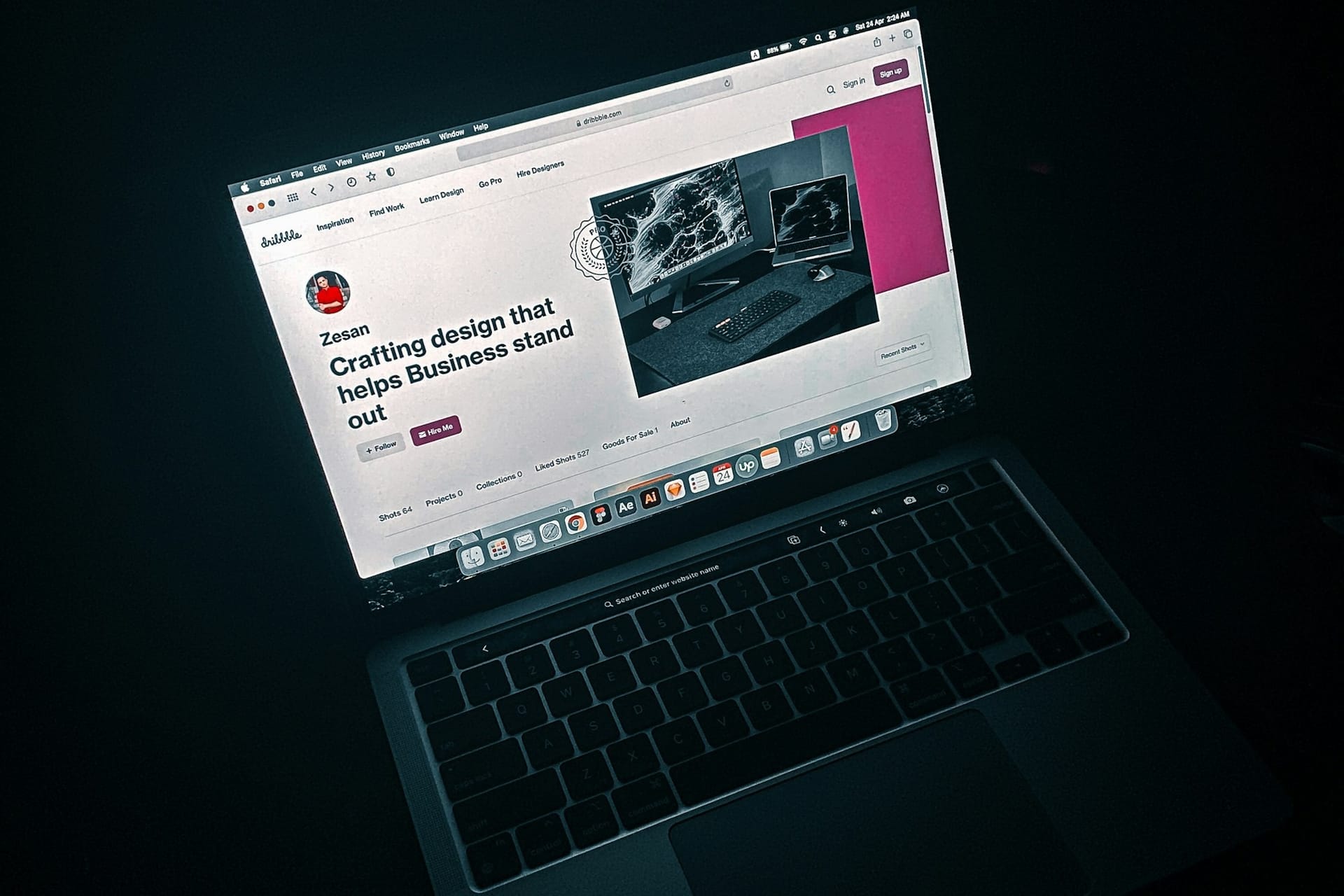What I look for (and teach) when hiring product designers.

Many hiring managers spend less than 90 seconds on a portfolio before deciding whether to move someone forward to the first interview. That's not much time. And it's why I remind designers that portfolios are for landing interviews, not offers.
When I was the Head of Design at an EdTech startup, I hired several designers to help improve our web platform for school districts. The product was central to their compliance workflows, form submissions, meeting scheduling, and assessments for students. When I reviewed portfolios, here's what really mattered:
- Was their work relevant? We cared about candidates who had experience with complex business processes and workflow tools. It didn’t matter as much if they had an EdTech background—what was critical was whether they’d worked in B2B SaaS. A designer with solid enterprise experience was far more appealing than someone with a polished B2C mobile app.
- Could they design products? I wanted the final designs to be front-and-center. Make it easy for me to know you can create functional, aesthetic products that lead to business outcomes like engagement, conversion, acquisition, retention, launches, and revenue.
That was it. I could usually figure out if someone was a fit within 2 minutes.
What didn't matter nearly as much was:
- Detailed case studies that describe all of the activities and tasks that lead to the final designs, buried at the bottom of the page.
- Projects that don’t nearly match the type of product, industry, or use case of the role you're applying for.
- Whether you built your portfolio website using Framer, Wix, Webflow, a website template, or built it from scratch.
This is where a lot of designers I meet get stuck. A common mistake taught by bootcamps and non-hiring managers alike is to over-emphasize your process on the portfolio. Process is important, just not at the screening stage. The portfolio’s primary job is to get you past the first filter.
And I often see designers spend weeks rebuilding their portfolio website on the newest platform, hoping it will improve conversion. But, the platform doesn’t matter nearly as much as the content.
If you're struggling with conversion, ask yourself:
Who does my portfolio resonate with most? If your portfolio is heavy on mobile apps, it may resonate more with B2C companies. If it’s dashboards or workflow tools, B2B SaaS companies will find it more relevant. Alignment is often about the product type, not just the industry.
Am I targeting those roles? If your portfolio shows mostly B2C work but you’re applying to B2B SaaS roles, there’s a mismatch. It’s not that your work is necessarily bad — it just doesn’t match what hiring managers need. Try targeting roles where your work is already relevant without touching your portfolio.
Do I need different examples—or stronger ones? If your strongest project is buried in the middle of your site, bring it forward. If your projects don’t highlight outcomes, rewrite them. And if you need something new, create a project that aligns with the companies and roles you are targeting. Make sure it proves you can solve the kinds of problems those companies face.
Your portfolio’s job isn’t to tell your whole story. Its job is to get you on a call.
If this helped—or if you want someone in your corner—I’d love to chat.
Reach out at chris@thedesign.co for career coaching at The Design Co, or connect with me on LinkedIn.
No spam, no sharing to third party. Only you and me.


Member discussion